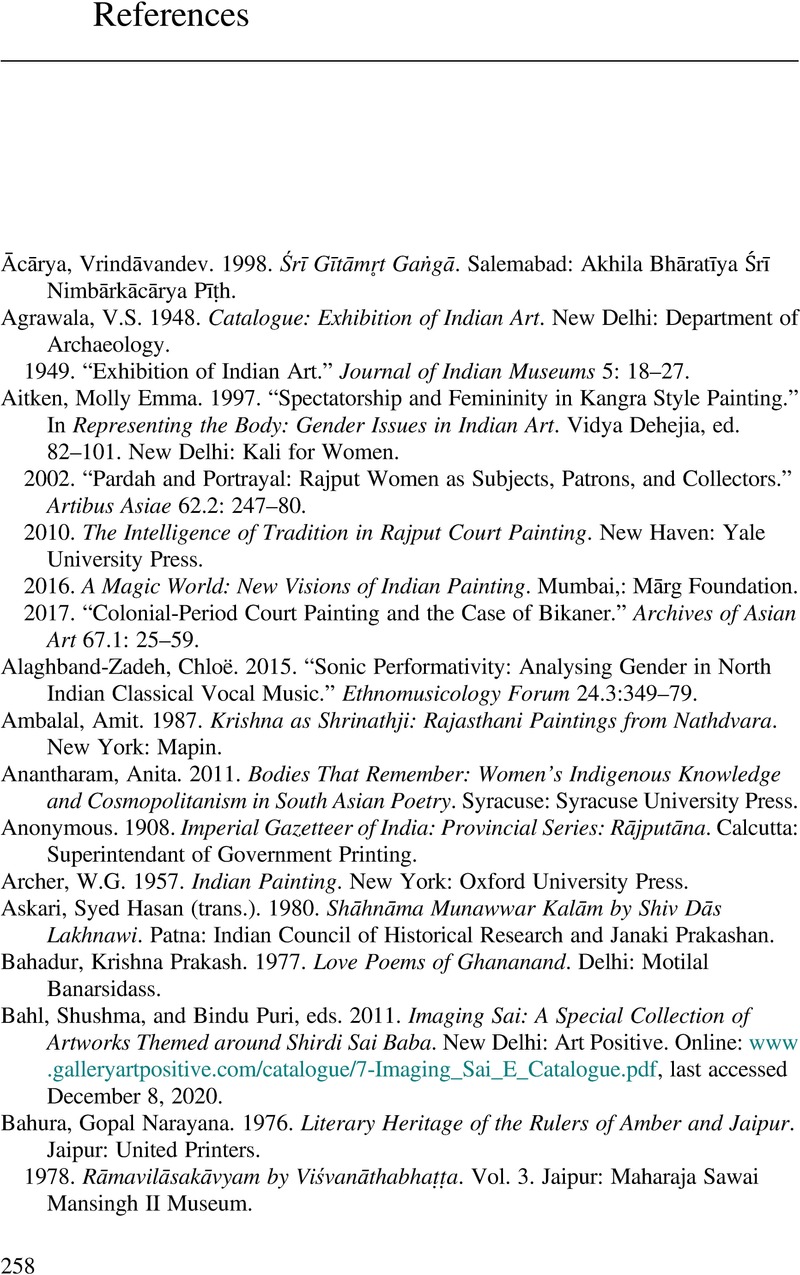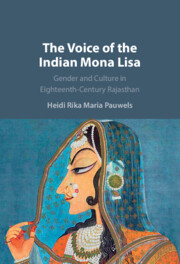Book contents
- The Voice of the Indian Mona Lisa
- The Voice of the Indian Mona Lisa
- Copyright page
- Contents
- Figures
- Acknowledgments
- Note on the Text
- Abbreviations
- Introduction
- 1 The Making of the “Indian Mona Lisa”
- 2 The Queen and the Slave Girl
- 3 Becoming the Prince’s Concubine
- 4 Synergies of the Literary Couple
- 5 Legacy: Self-Fashioning and Its Limits
- Conclusions
- Appendix: Sources
- References
- Index
- References
References
Published online by Cambridge University Press: 17 August 2023
- The Voice of the Indian Mona Lisa
- The Voice of the Indian Mona Lisa
- Copyright page
- Contents
- Figures
- Acknowledgments
- Note on the Text
- Abbreviations
- Introduction
- 1 The Making of the “Indian Mona Lisa”
- 2 The Queen and the Slave Girl
- 3 Becoming the Prince’s Concubine
- 4 Synergies of the Literary Couple
- 5 Legacy: Self-Fashioning and Its Limits
- Conclusions
- Appendix: Sources
- References
- Index
- References
Summary

- Type
- Chapter
- Information
- The Voice of the Indian Mona LisaGender and Culture in Eighteenth-Century Rajasthan, pp. 258 - 273Publisher: Cambridge University PressPrint publication year: 2023



